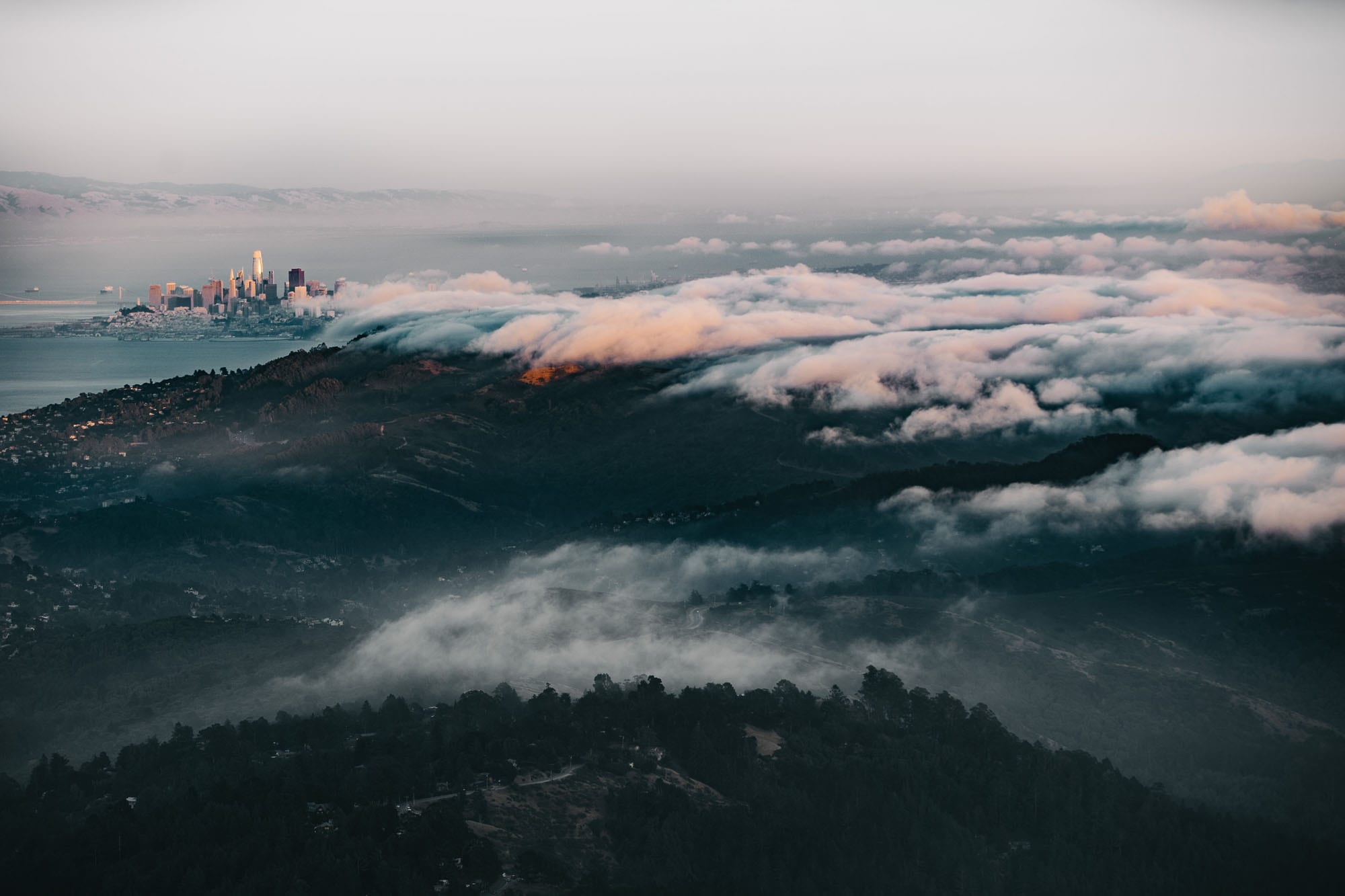Pre-1800s: The Ohlone people originally inhabited the area.
1776: Spanish settlers, led by Juan Bautista de Anza, established a military base and mission in the area, initially naming it Yerba Buena.
1821: Following Spain’s loss, Mexico gains independence, incorporating San Francisco into its territory.
1846: The onset of the Mexican-American War.
1847: The settlement was officially renamed San Francisco.
1848: The Mexican-American War concludes, and as a result, California, including San Francisco, is ceded to the United States.
1849: The California Gold Rush catalyzes a significant population surge.
1906: A catastrophic earthquake and subsequent fires severely damage San Francisco.
1930s: The era marks the construction of significant landmarks, including the Golden Gate Bridge.
1960s-1970s: The city becomes a hub for counterculture movements and advances in gay rights.
1980s-1990s: San Francisco experiences significant growth in the technology sector and urban development.
21st Century: The city remains at the forefront of technological innovation and industry growth.
San Francisco Bay Area has been inhabited by Indian tribes for thousands of years. In the 16th century, when Europeans sailed along the California coast, they often missed the Golden Gate due to frequent fog. The first Westerners to see the bay were members of the Portola expedition in 1769. In 1767, King Carlos III of Spain ordered the expulsion of the Jesuits from his territories, leading Gaspar de Portolá and Friar Junípero Serra to travel through California and establish San Francisco in 1770.
In 1776, Spanish explorer Juan Bautista de Anza established a mission to honor Saint Francis of Assisi, now known as Mission Dolores, marking the birth of the city of San Francisco. In 1792, explorer George Vancouver established a small base near the Spanish mission, named Yerba Buena, which became a settlement for many British, Russian, and other European immigrants.
In 1821, Mexico declared independence from Spain and took control of the area. Under the command of Commodore John Drake Sloat, California declared independence from Mexico in 1846 and became a U.S. territory, and in 1847, the original name of Yerba Buena was changed to San Francisco.
On January 24, 1848, gold was discovered in the foothills of California at Sutter’s Fort, sparking the Gold Rush. This led to rapid growth for San Francisco as it became a major port and supply base. The arrival of miners, known as “forty-niners,” increased the city’s population from 1,000 to 25,000. During this time, the city was lawless, and the Barbary Coast district was notorious for prostitution and gambling.
On April 18, 1906, a massive earthquake nearly destroyed the city, but San Francisco quickly rebuilt and hosted the lavish Panama-Pacific International Exposition in 1915. The 1930s saw the completion of the bridge linking San Francisco and Oakland and the world-famous Golden Gate Bridge.
During World War II, San Francisco was a primary departure point for the Pacific theater, and post-war, it hosted the conference that led to the creation of the United Nations. The city continued its reputation as a cultural hub for the beat poets in the 1950s and the hippie movement in the 1960s.
In 1989, another large earthquake struck, and the 1990s saw an economic boom centered on internet technology, leading to a population increase. Today, San Francisco, located near Silicon Valley, is a hub for technology, finance, and culture, and despite various social issues, it remains a popular tourist destination attracting millions of visitors each year.
Related Readings


Leave a Reply